Melrose Swing Bridge
From colonial innovation to modern preservation
The Melrose swing bridge near the Melrose Caravan Park serves as remarkable example of rural Australian engineering innovation. During the 1890s, these distinctive structures became vital links across Willochra Creek in South Australia, connecting various parts of the local community.
This bridge represents an era when practical solutions were essential for rural development and community connectivity.
Original Construction and Purpose
The original swing bridges were constructed with practical functionality in mind, designed to withstand the variable conditions of Willochra Creek. These structures served as essential crossing points, facilitating movement between different areas of Melrose when the creek was flowing.
The engineering design demonstrated the resourcefulness of early Australian settlers in creating infrastructure that suited their specific environmental challenges using materials they had to hand.
Community Connection
The swing bridges played a crucial role in daily life, providing safe passage for farm labourers, brewery workers, and school children. This infrastructure demonstrated how the early settlers of Melrose adapted to their environment while maintaining necessary community connections. The presence of brewery workers among the regular users indicates the diverse economic activities that once characterised the region, adding another layer to Melrose’s rich historical narrative.
Environmental Challenges
Nature proved challenging for these historical structures. The original swing bridge succumbed to significant flood damage in 1946, though its cables remained in place until the early 1950s. Safety concerns eventually led to the removal of these remaining elements, leaving only the original poles as silent witnesses to this engineering heritage. The battle between infrastructure and natural elements highlights the ongoing challenges faced by rural communities in South Australia.
Modern Restoration
In 1990, local Melrose expertise brought new life to this historical crossing. A local builder undertook the construction of a replacement swing bridge, incorporating modern materials while respecting the original design principles.
This project, funded through a collaboration between Tourism South Australia, the District Council of Mount Remarkable, and the Melrose Historical Book Committee, ensured the preservation of this important piece of local heritage. The restoration project exemplifies how rural communities can successfully preserve their historical infrastructure through collaborative efforts.
A New Experience
Walking across the Melrose Swing Bridge now offers an authentic glimpse into historical rural life. The bridge maintains its characteristic swinging motion, creating a rather disconcerting experience even with modern safety features. Despite robust support cables, crossing requires significant concentration and steady footwork.
The historical signage warning against running across the bridge seems almost humorous – the swaying motion makes walking challenging enough, rendering running practically impossible.
This physical experience helps us understand why these bridges, while innovative and practical, were only used when absolutely necessary during creek flows.
Heritage Value Today
The rebuilt swing bridge maintains its historical significance while meeting contemporary safety standards. This careful balance between preservation and modernisation demonstrates the commitment of the Melrose community to maintaining their cultural heritage. The structure continues to serve as an important landmark, drawing attention to the engineering achievements of early Australian settlers and their solutions to rural transportation challenges.
Conclusion
The Melrose Swing Bridge represents more than just a crossing point over Willochra Creek in central Melrose.
It embodies the spirit of rural innovation and community resilience in South Australia. Through careful preservation and modern adaptation, this historical structure continues to connect the present with the past, maintaining its significance in the Melrose community. The bridge stands as a symbol of how rural Australian communities can successfully preserve their heritage while adapting to modern needs and safety requirements.

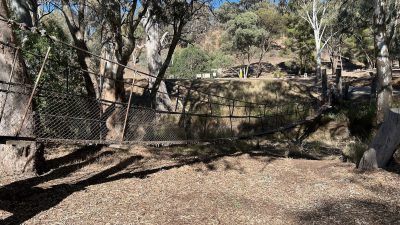
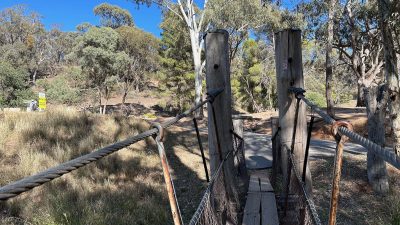
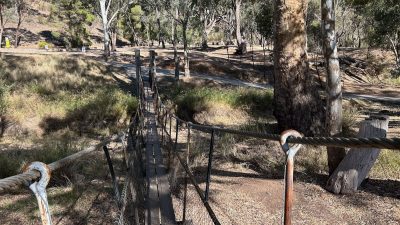

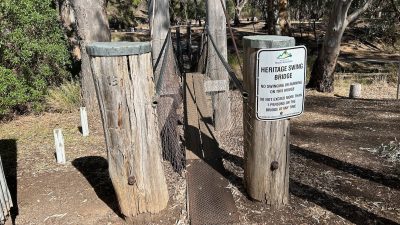
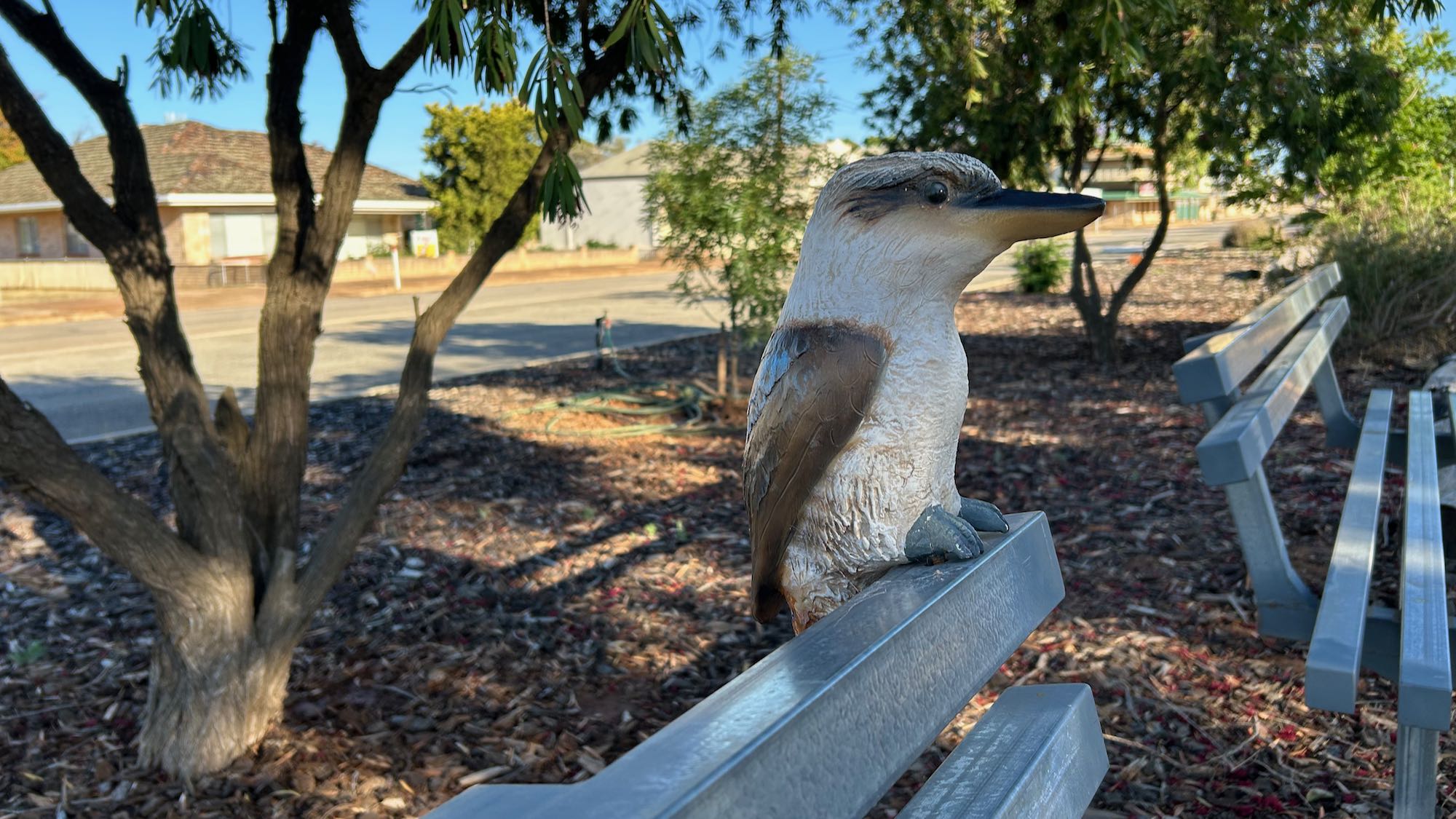
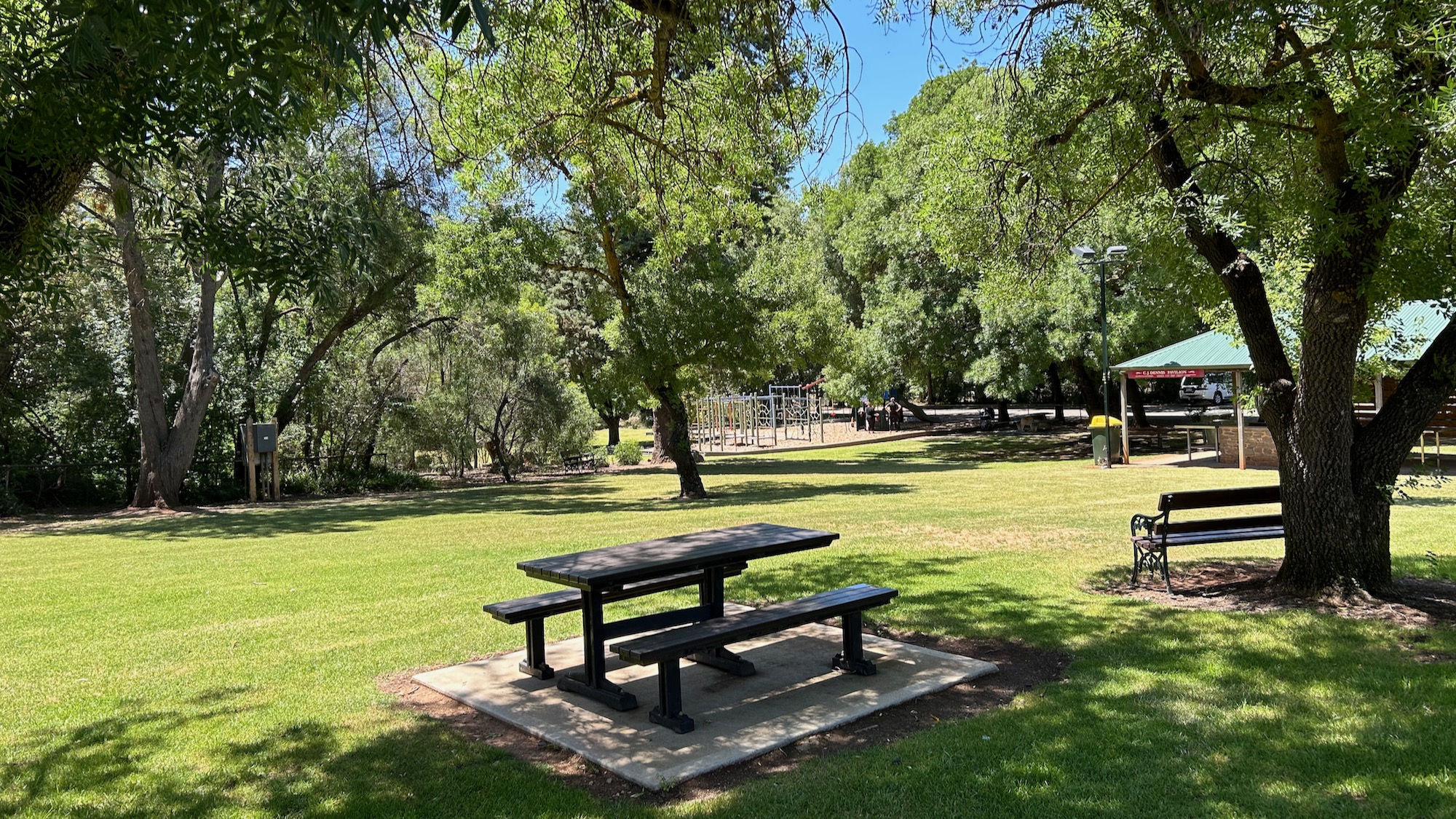
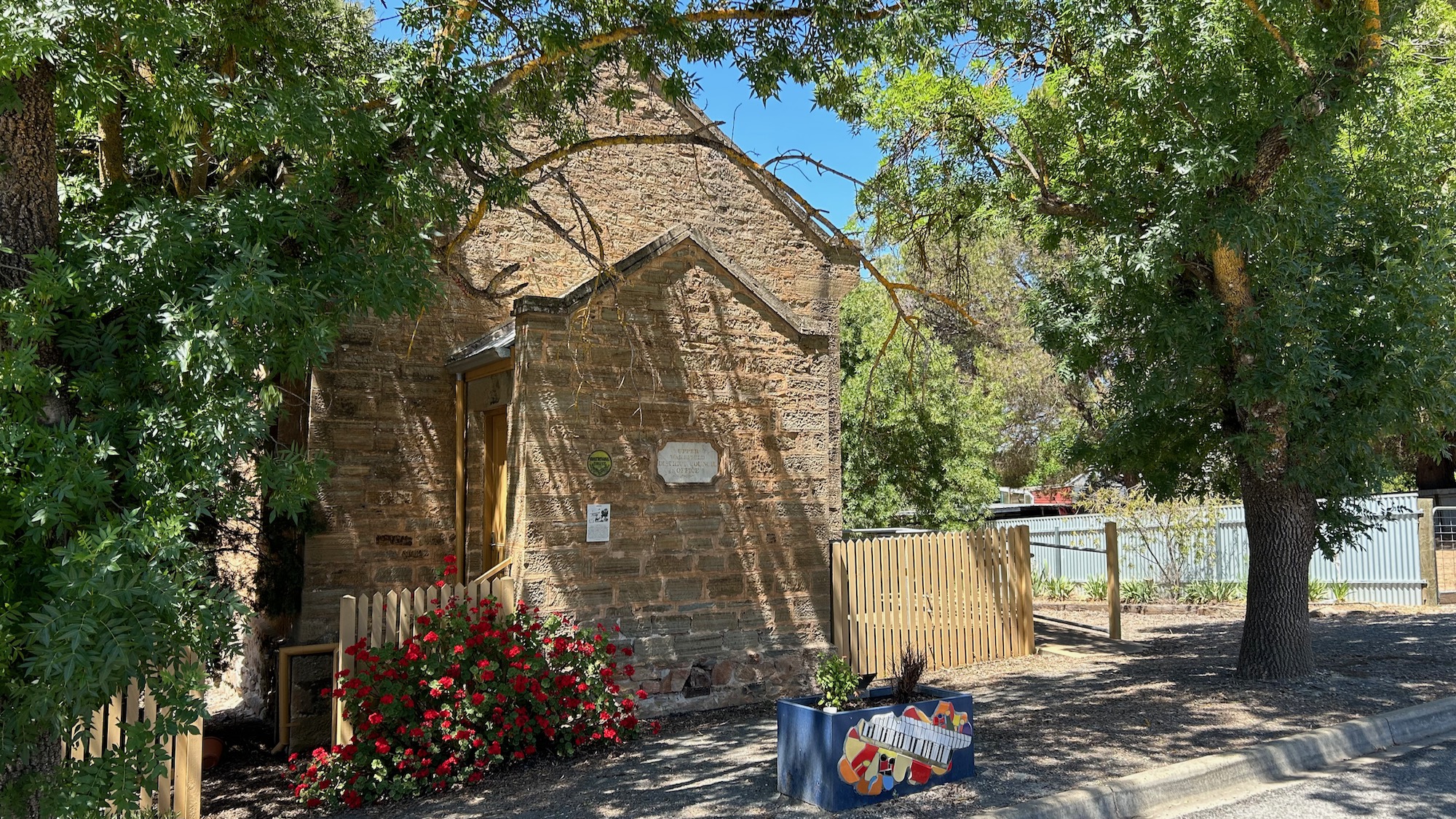
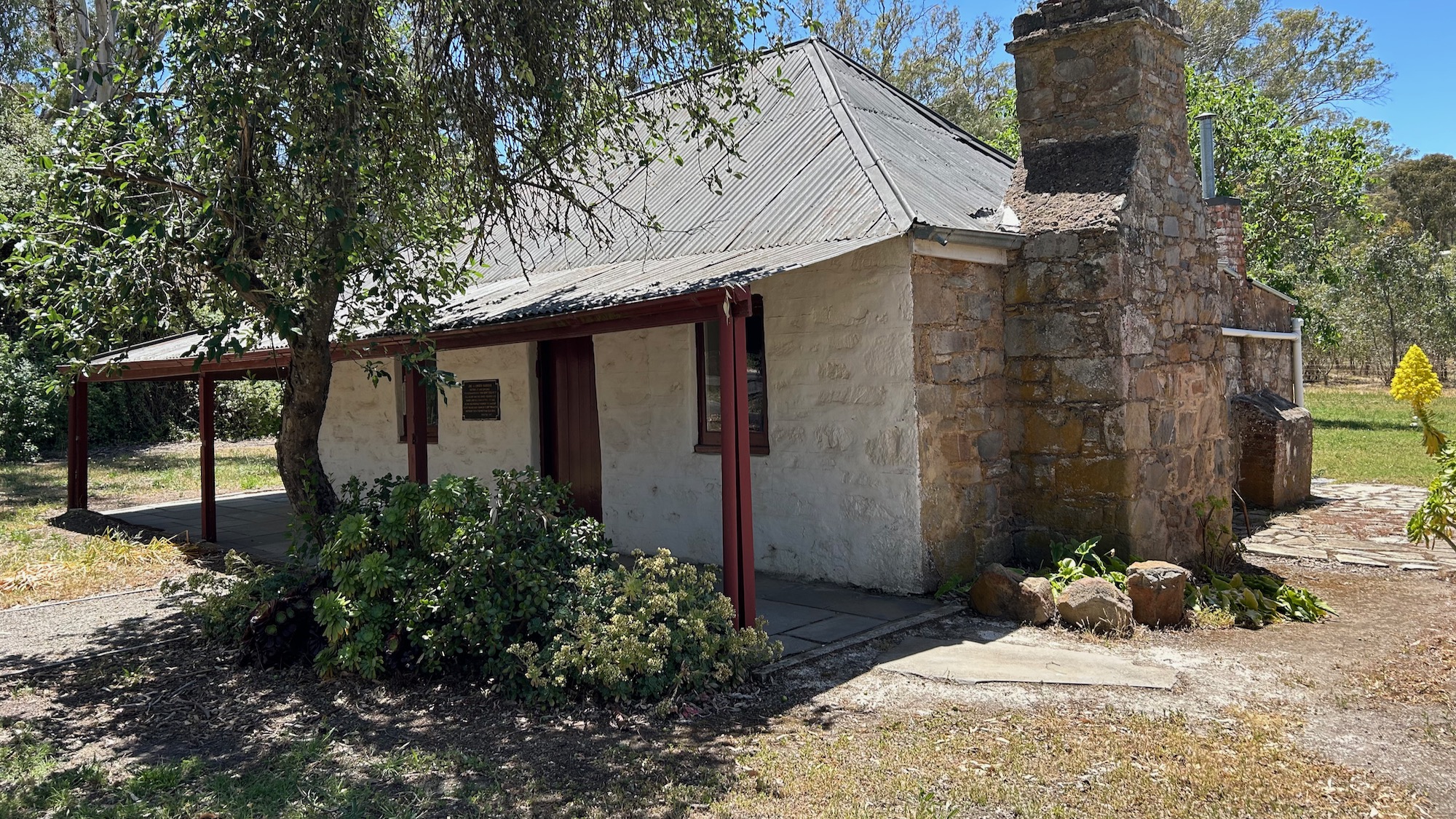
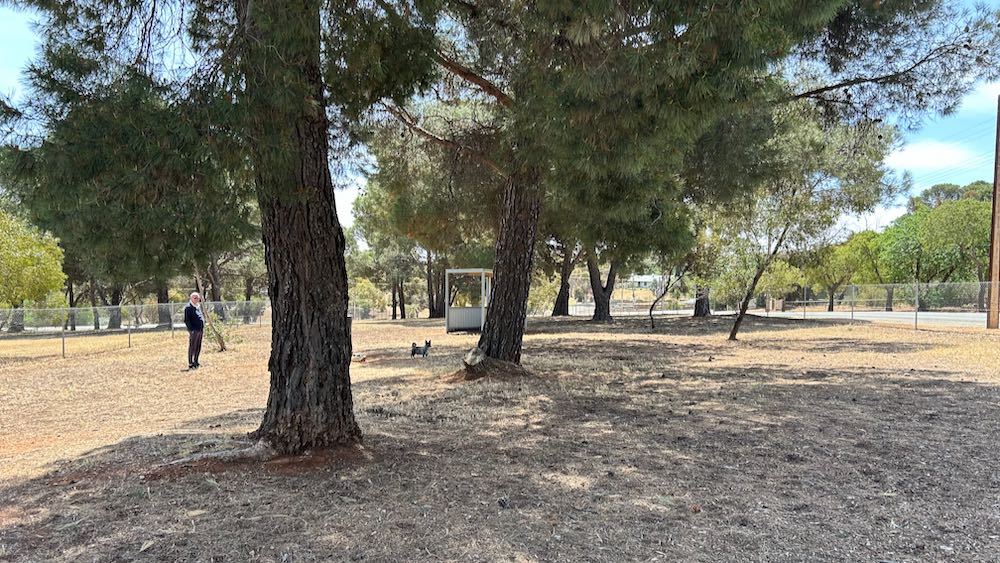
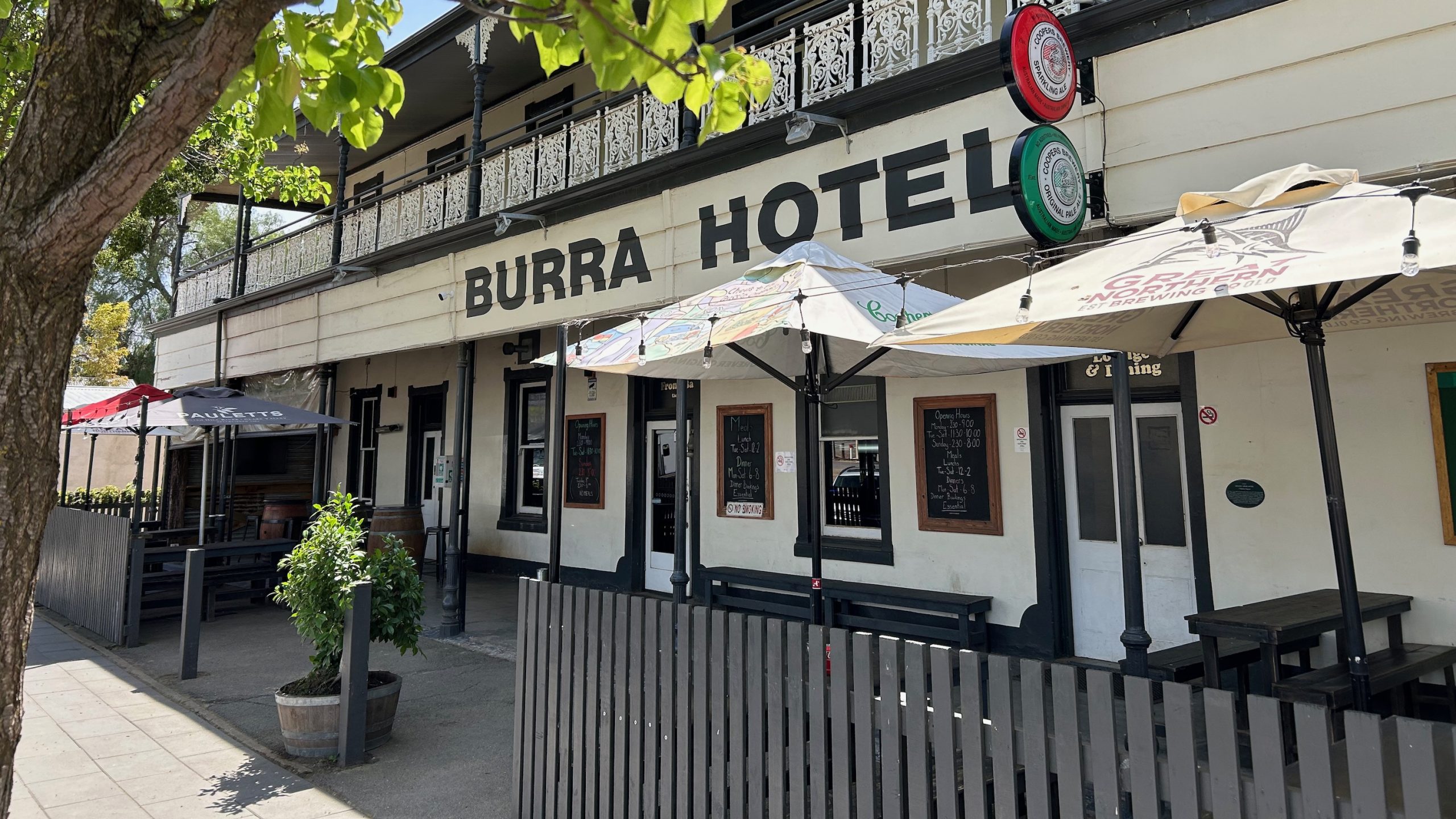
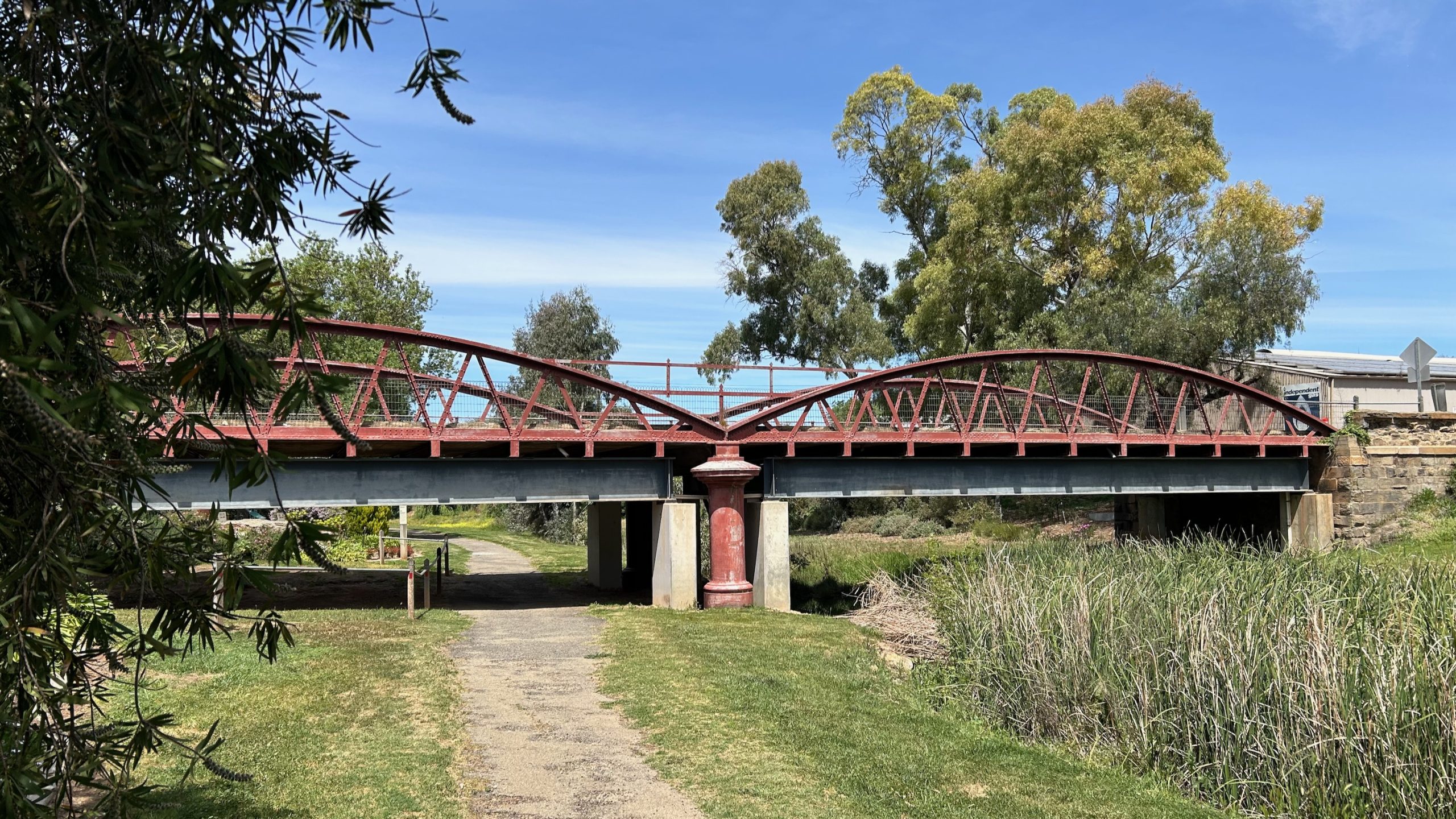
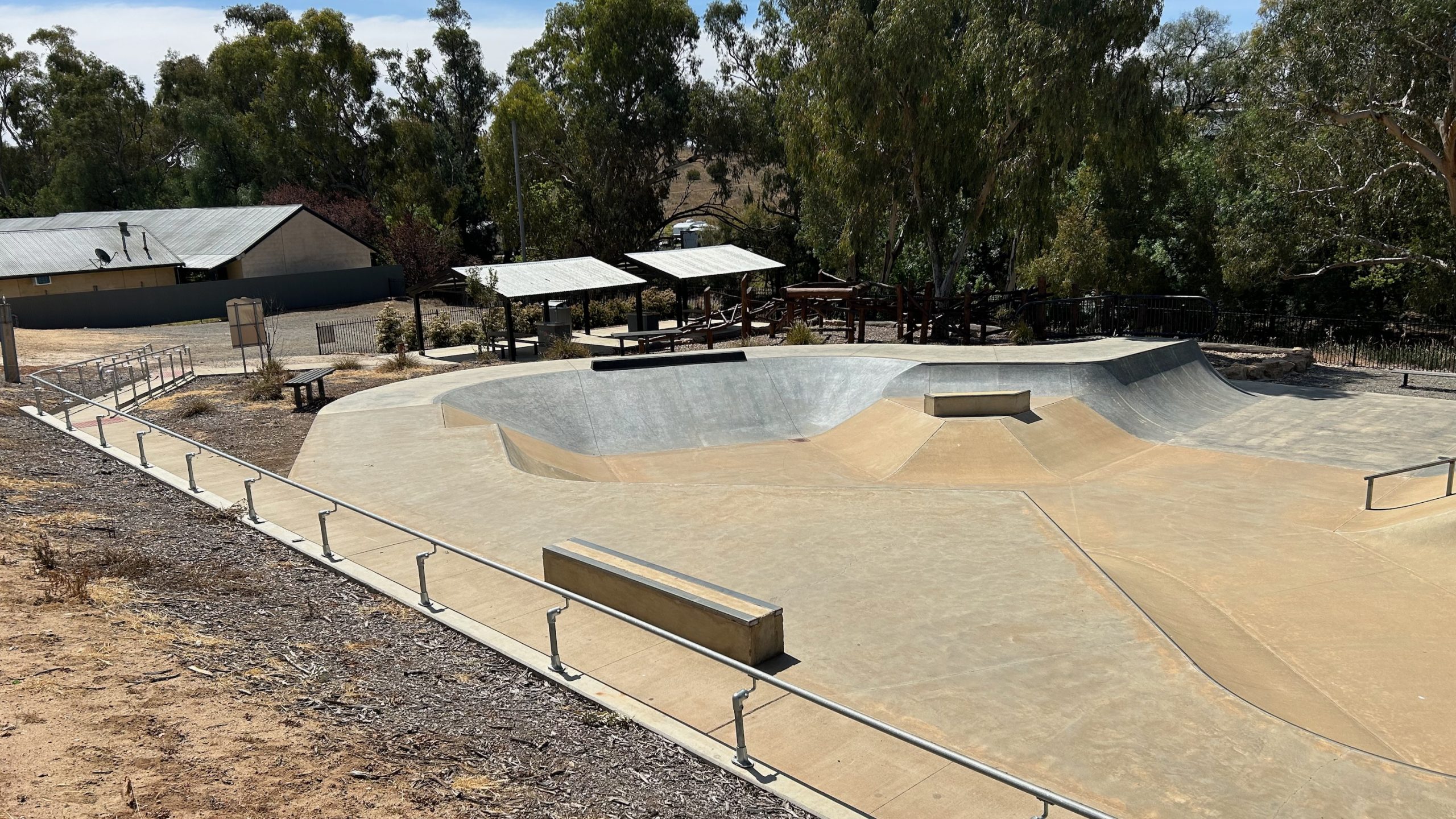
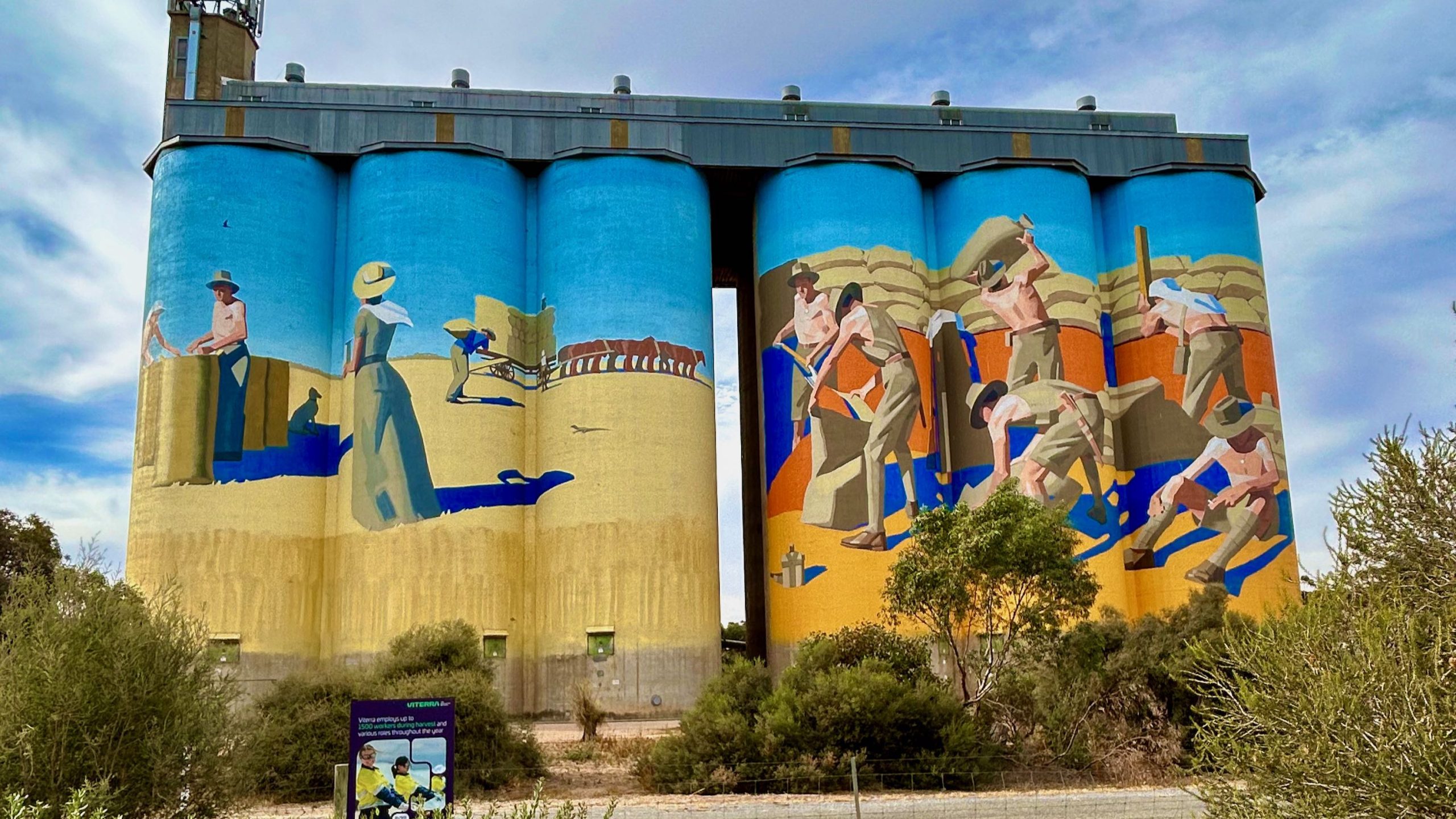

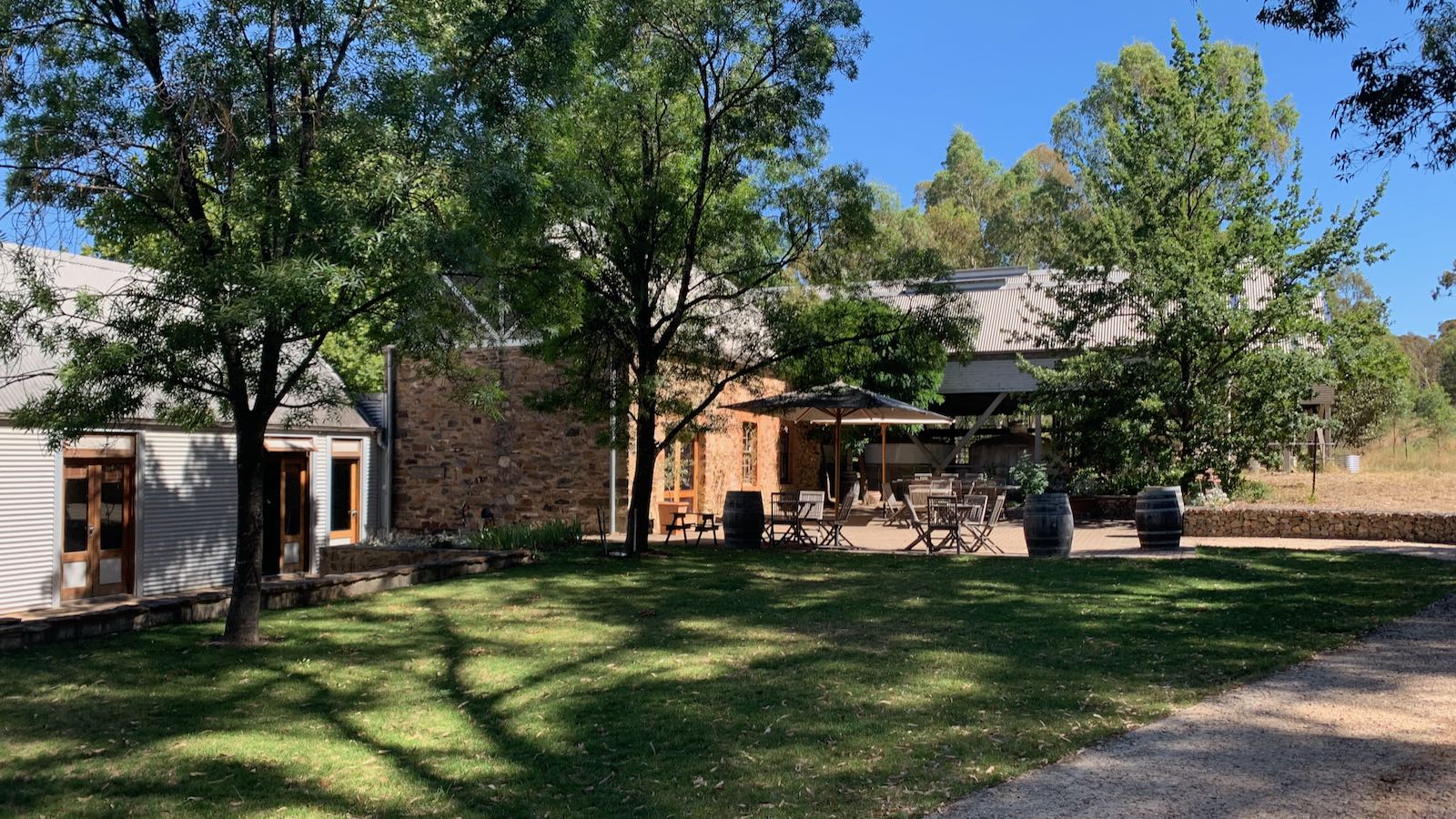

Leave A Comment